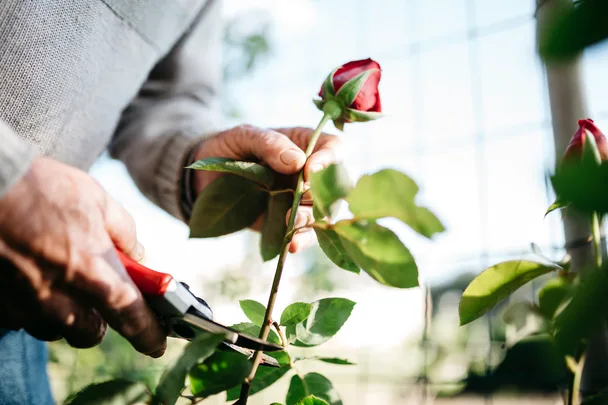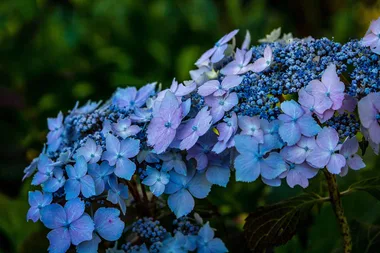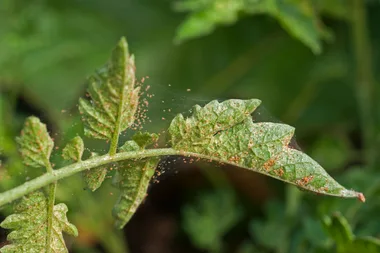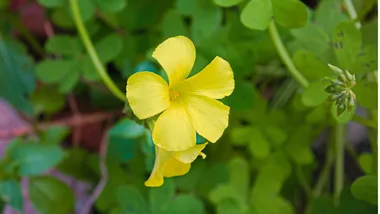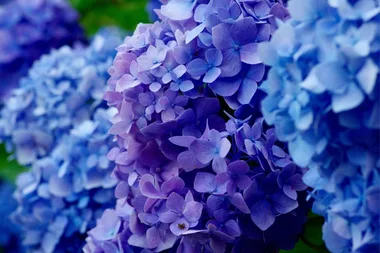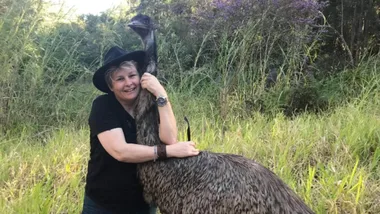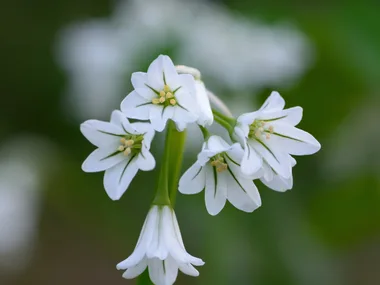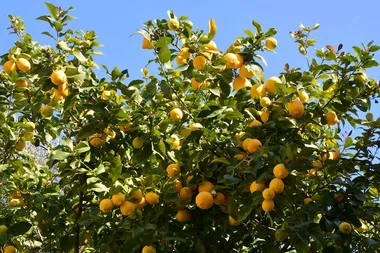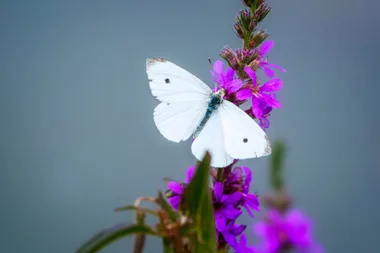Just as with many other shrubs, roses can be grown from cuttings. It’s not a fast process – it may take a couple of years before your new plant produces flowers. But if you have a favourite rose variety, it can be fun to try.
To propagate roses, the cuttings need to be taken fresh from a healthy plant – don’t try to grow a new rose bush from a bouquet of roses you have sitting in a vase. As rose bushes are pruned during winter, this is the most convenient time to take and pot up your rose cuttings.
Here is our step-by-step guide for how to grow roses from cuttings.
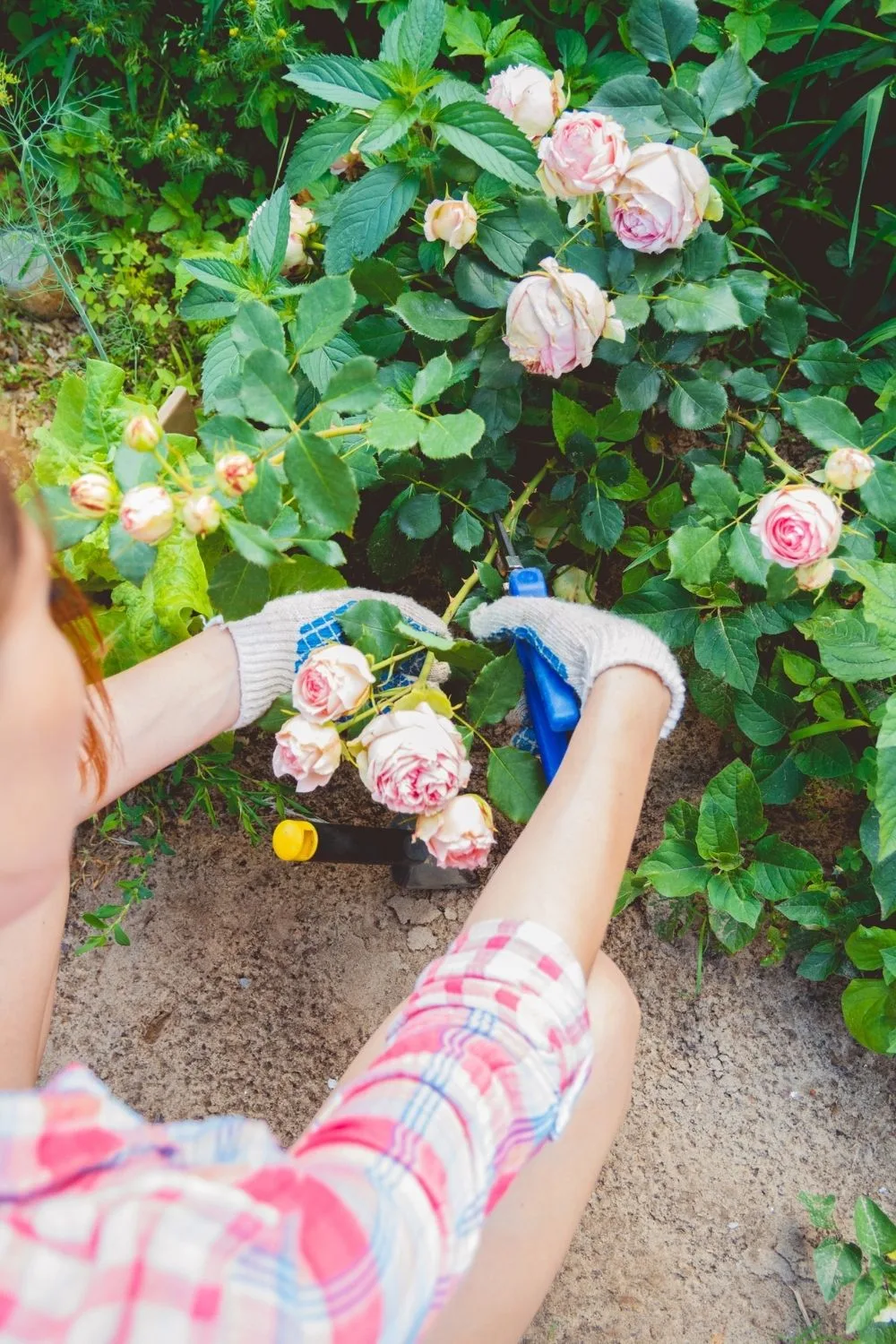
How to propagate roses from cuttings
- Cut pieces of stem about 20 – 30cm long (remove flowers, if there are any)
- Remove all leaves
- Re-cut the bottom of the rose cutting, just below a node (the swelling on the stem, where the leaves emerge)
- Remove the thorns on the bottom half of the rose
- Dip the end of the rose cutting into a rooting hormone gel (or use honey if you don’t have any hormone gel)
- Plant rose cuttings into a pot filled with propagating sand. (Alternatively, you can try growing rose cuttings in a potato). Poke a hole in the sand first, so you don’t rub off the hormone gel, and then carefully firm the sand around the stem. Water gently. You can plant about 4 cuttings in a 200mm pot.
- Place the pot in a protected spot, with filtered light, and water sparingly. By late spring, the cuttings should be producing leaf shoots and roots and are ready to be planted in a sunny spot with well-draining soil.
How to care for roses
Growing roses yourself is easier than you think – after all, roses only require the three basics: aspect, water and soil. Here’s a quick run-through of each, but if you’re in need of more in-depth information, take a look at our how to grow roses page.
Aspect
Give roses a position in full sun and ensure the plants have good airflow. Avoid growing them near big shrubs and trees that will cause them to compete for light and nutrients.
Water
During the warm months, regular water is key. Avoid overhead watering to reduce the risk of disease such as powdery mildew and black spot.
Soil
Roses will grow happily in all soil types, however, they do need good drainage. Before planting roses, make sure to fertilise the soil with manure or compost.
